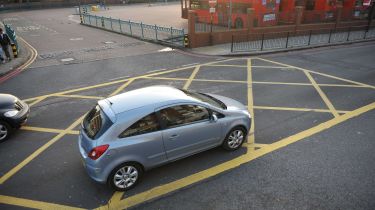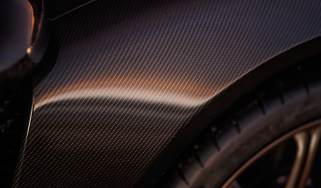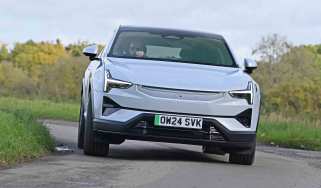Councils plan “unfair” yellow box junction enforcement fines
An RAC investigation finds that 90 per cent of proposed box junction enforcement sites have issues

Councils applying for new powers to enforce traffic offences at yellow box junctions risk fining drivers unfairly, with more than half of the proposed enforcement sites directly contravening government guidelines.
That’s the finding of the RAC motoring organisation, which commissioned chartered engineer Sam Wright to review all 111 of the current proposals from 27 councils. Wright, an expert formerly employed to manage yellow box design and approvals for Transport for London, found problems with 91 per cent of the yellow box sites proposed, while a shocking 61 per cent “directly contravene” existing government guidelines.
As a result of Wright’s research, the RAC is calling on the Department for Transport to carry out an urgent review of its guidelines to clarify “what is and what isn’t enforceable”.
“Enforcing yellow boxes means that the driver of a vehicle overhanging a box by any amount for just a moment can get a ticket,” said RAC spokesman Simon Williams. “Yet many drivers end up stopped or trapped in these junctions through no fault of their own. It is not only imperative, but a moral duty to ensure that fines are fair, justified and that the appeals’ process is consistent across the country.”
According to the organisation’s review of the 111 yellow boxes where councils have so far applied for powers to fine drivers, 40 have visibility issues, 16 are on the side of the road opposite T- junctions which the DFT says “serve no useful purpose”, 18 extend so far beyond junctions they are non-compliant, and 9 are in non-permitted locations.
Tellingly, Wright’s assessment of the visibility issues at many sites does not factor-in the poor condition of many yellow boxes, with painted lines worn away by years of traffic use.
“While many boxes are barely visible at the moment due to a lack of maintenance, I chose to ignore this on the assumption that lines will be refreshed prior to enforcement,” the engineer said. “There are many changes needed to improve yellow box law and enforcement. However, as a minimum it is not unreasonable to expect that authorities should undertake comprehensive audits of boxes prior to enforcement to assess all issues.
According to Wright and the RAC, there’s no evidence that such audits are being carried out.
Click here for our guide on box junctions, including the rules and the penalties for breaking them...
Find a car with the experts




